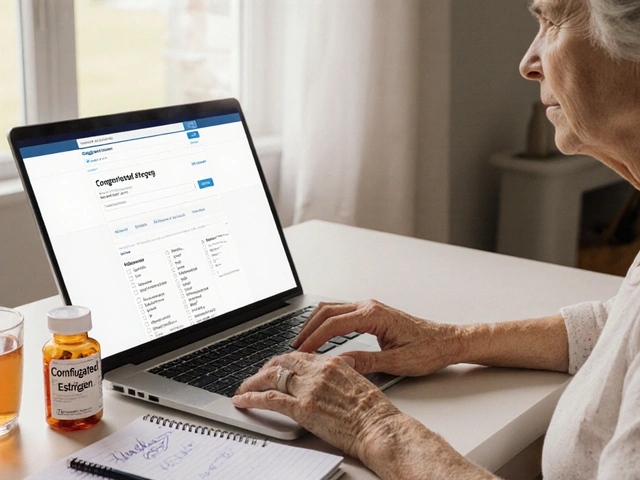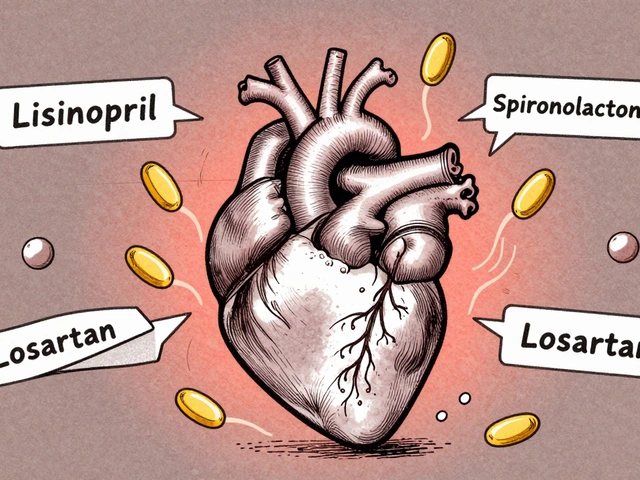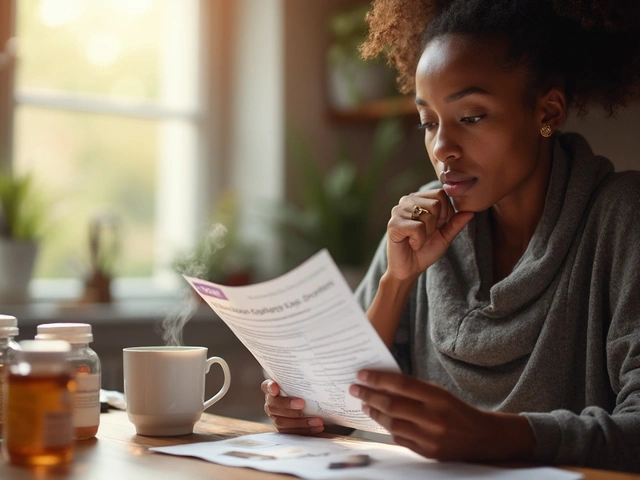Amlodipine: What It Is, How to Use It, and Ways to Cut Costs
If you’ve been prescribed a pill for high blood pressure or chest pain, chances are you’ve heard the name amlodipine. It’s a calcium‑channel blocker that relaxes blood vessels so blood can flow easier. While the drug is effective, many people wonder about the right dose, what side effects to expect, and whether they can find a cheaper version online. This guide answers those questions in plain language and gives you practical tips to keep the cost low.
How Amlodipine Works and When It’s Used
Amlodipine blocks calcium from entering the smooth muscle cells in your arteries. Less calcium means the muscles stay relaxed, which widens the vessels and lowers blood pressure. It’s also used to treat angina (chest pain) because the heart doesn’t have to work as hard to pump blood.
Doctors typically prescribe amlodipine for adults with hypertension, for people who need a once‑daily pill, or for those who can’t tolerate older blood‑pressure drugs. If you have both high blood pressure and occasional chest pain, amlodipine often tackles both issues in one tablet.
Dosage, Timing, and What to Watch For
The usual starting dose is 5 mg once a day, but some patients need 10 mg. Your doctor will decide based on your blood‑pressure readings and any other medicines you take. It’s best to take the pill at the same time every day—morning works for most because it fits into a routine.
Common side effects include swelling in the ankles or feet, headache, and a feeling of flushing. These usually fade after a week or two. If you notice severe dizziness, fast heartbeat, or sudden weight gain, call your doctor right away. Amlodipine can interact with some antibiotics, antifungals, and other blood‑pressure drugs, so always list every medication you’re on.
Pregnant or breastfeeding women should discuss risks with their doctor. While amlodipine isn’t known to cause major birth defects, the safest approach is a doctor‑guided decision.
Tips to Get Amlodipine Cheap Without Compromising Safety
Brand‑name amlodipine can be pricey, but the generic version costs a fraction of the price. Here’s how to make sure you pay the lowest possible amount:
- Ask for the generic name. Pharmacies automatically substitute the cheaper version unless you specifically request the brand.
- Use discount cards. Many Australian pharmacies offer printable or app‑based discount cards that shave up to 30% off the price.
- Check the PBS list. The Pharmaceutical Benefits Scheme (PBS) subsidises amlodipine for eligible patients, reducing out‑of‑pocket cost dramatically.
- Buy in bulk. A 90‑day supply often costs less per tablet than a month‑by‑month purchase.
- Explore reputable online pharmacies. Look for sites that require a prescription, display a physical address in Australia, and have a pharmacist‑review process. Avoid any “no‑prescription” offers—they’re risky and often illegal.
When shopping online, compare at least three pharmacies, read customer reviews, and verify that the pharmacy is accredited by the Australian Health Practitioner Regulation Agency (AHPRA). If a deal looks too good to be true, it probably is.
Finally, don’t forget to talk to your doctor about any cost concerns. They can adjust the dose, suggest a cheaper alternative, or write a PBS‑eligible prescription that saves you money.
In short, amlodipine is a reliable, once‑daily pill for high blood pressure and angina. Knowing the right dose, watching for side effects, and using smart shopping tricks can keep your health stable and your wallet happy.

Understanding Amlodipine: A Beginner's Guide for New Users
This comprehensive guide covers everything first-time users need to know about amlodipine, a commonly prescribed medication for managing high blood pressure and other cardiovascular conditions. Discover how it works, its potential side effects, and crucial tips for safe usage.

Buy Online Cheap Generic Premarin - 2025 Guide
Oct, 14 2025



